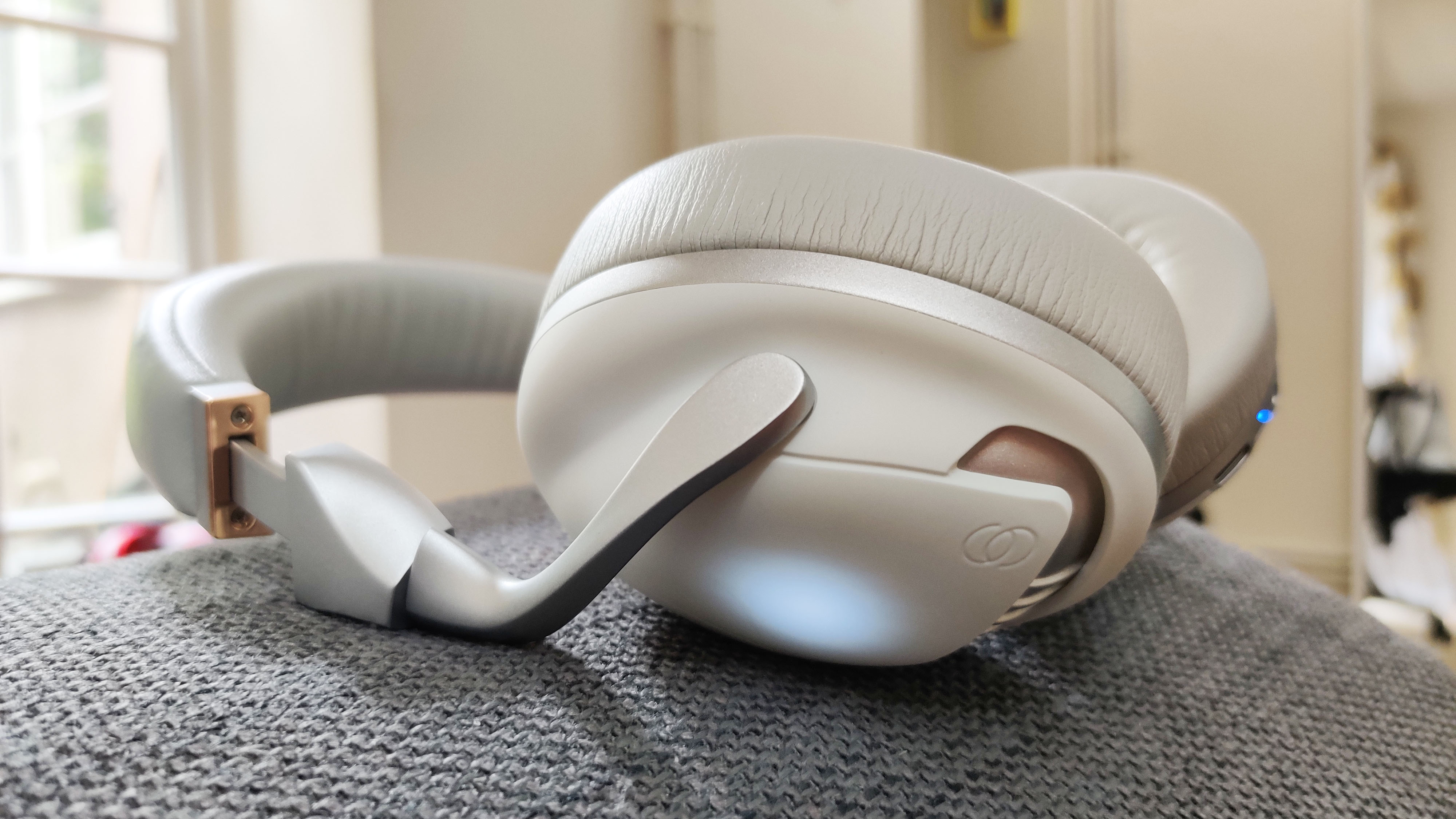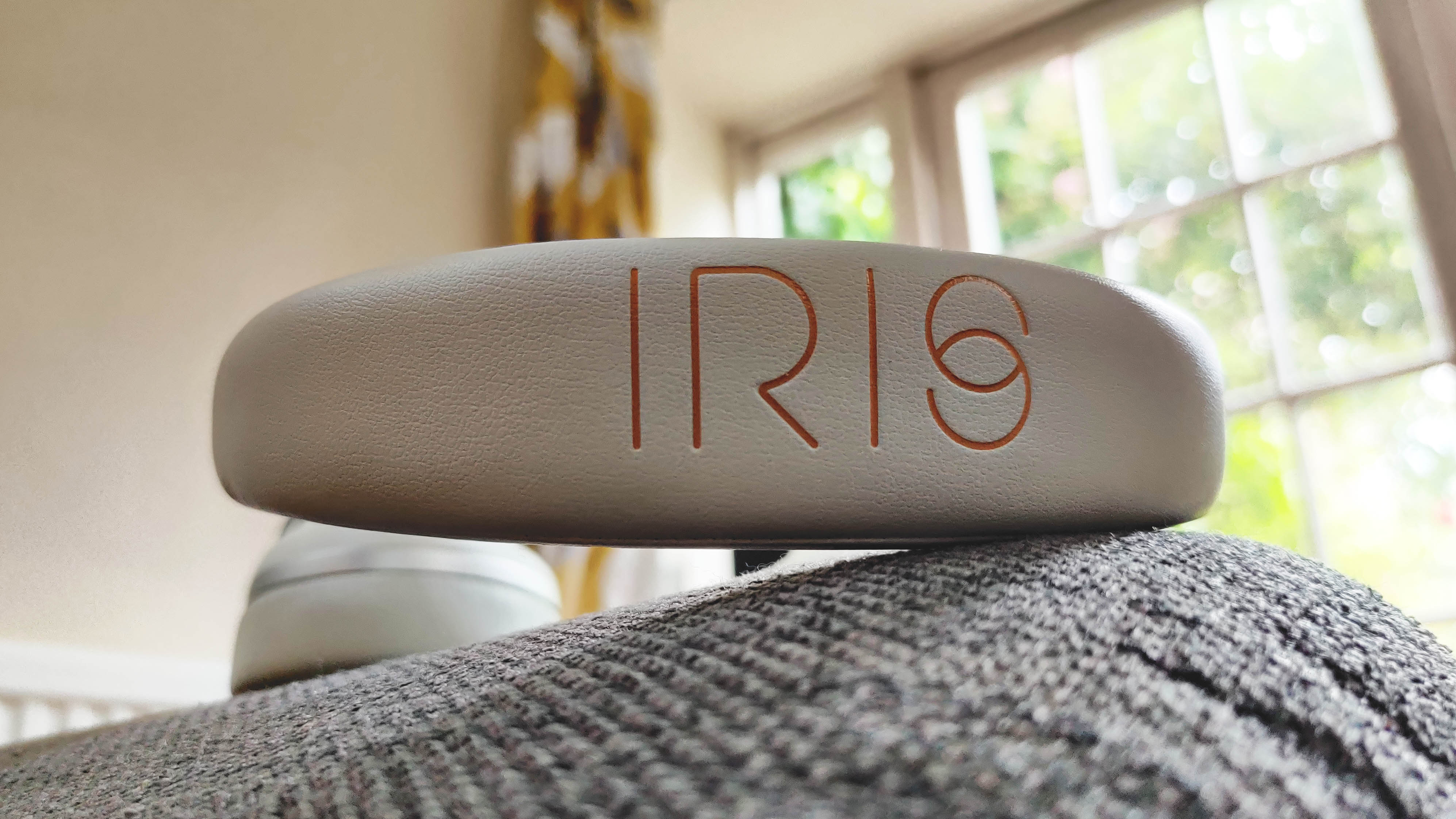Hearing music on IRIS Flow wireless headphones actually made my partner cry
IRIS Flow headphones have different effects on different people, as it turns out


Despite being a fitness journalist at T3 – or maybe because of that – I get to test a lot of wireless headphones too (e.g. running headphones), such as the excellent Skullcandy Crusher Evo or Jaybird Vista, and I’m not going to lie, I love comparing these and see how they perform under different conditions. So when I was offered the chance to give the IRIS Flow a try, I didn’t hesitate much, especially since it promised to help me focus better as well as offering premium sound quality. And although I can’t put a label on how much it helped me concentrate more, the IRIS Flow headphones definitely had a massive emotional impact on my girlfriend.
But before we get to that, let’s examine what the IRIS Flow headphones are and especially what makes them different from other noise cancelling headphones on the market. As I was explained on a call with founders Jacobi Anstruther-Gough-Calthorpe and Tom Darnell, IRIS’ main product isn’t the Flow headphones but the software and algorithm that’s behind the physical product. In their own words, “The IRIS algorithm enables the spatial sound wave information to be recreated, drastically improving the listener’s experience of the audio.”

When the light is on, the IRIS is algorithm is doing its magic
What this means is that the algorithm ‘opens up’ the compressed sound you hear and makes it feel like “you’re at a concert with you sitting in every chair of the concert hall.” But that’s not all: in theory, the IRIS algorithm also enhances spoken word and thanks to the included low latency aptX technology, it can also be used for streaming videos and even for gaming. In action, listening to Spotify streaming in ‘very high‘ quality, the IRIS had a lovely, popping sound that felt fuller than the usual sound you hear from headphones.
And although you can crank the volume up quite high, it won’t be needed as the ‘patented acoustic chamber’ makes the headphones sound great even at lower volumes. Some reviewers criticised the IRIS Flow headphones for not having ANC but as Jacobi and Tom explained, it’s because they didn’t want to compromise the sound quality by introducing artificial elements and admittedly, active noise cancelling would have tempered with the sound quality.
In my humble opinion, the IRIS Flow doesn’t need ANC as the passive noise isolation works pretty well: during testing, despite knowing that the office people were stomping around upstairs, I could hear every percussive tone of Steve Lacy’s excellent Dark Red, all without having to raise the volume too high. The comfortably-soft ear pads certainly help in keeping unwanted noise out and better still, they are magnetic and removable, meaning it’s easy to clean and replace them when needed.

The ear pads are as soft as butter but less slippery
This is all well but did the IRIS Flow help me focus better? That was the whole premise of me giving it a go. And since I test things thoroughly, I thought I’ll wear them during my workouts but they fell off my head as soon as I started bench pressing which made me realise they aren’t for workouts. When chatting to Jaconi and Tom, I asked them what the deal was and they said the Flow is not recommended for workouts and that it’s more suitable for ‘getting in the zone’ before you hit the bench. Sure!
So I tried that. And honestly, as much as I enjoyed the sound, I couldn’t tell if I was being able to focus on work more. The IRIS Flow helped me not get distracted by external sounds – something that happens to me quite often – but given the claims and the hype, I hoped for an effect more tangible, like how Lumen helped me control my cravings. But maybe it was just me expecting features that never existed in the first place.
Get all the latest news, reviews, deals and buying guides on gorgeous tech, home and active products from the T3 experts
After a week of testing, I asked my girlfriend Sophie to give the headphones a try. She is not an audiophile – me neither to be fair, I just love listening to music – but said she’s happy to give the IRIS Flow a try, although she started the test with a disclaimer saying ‘she hasn’t tried as many headphones as I did’ but after reassuring her that I wasn’t asking her for an expert review, she looked less apprehensive.

Try not to cry
I queued one of her favourite songs – Mykonos from Fleet Foxes – and waited for her response but what I received weren’t spoken words but tears: after listening to the song for 30 seconds or so, tears started streaming down her cheeks. She said the song sounded ‘beautiful’, like she’s never heard it before. She asked for more songs to be played and although the tears dried up eventually, she asked if she could use the headphones going forward to discover more songs she thought she knew but “not like this”.
And that’s where we are now: we share IRIS between us although I think I use the headphones way less than Sophie. But I’m fine with that as I don’t mind a bit of an artificial bass boost the aforementioned Crusher Evo prodives, nor do I mind the roomier sound of the Bowers & Wilkins PX7. And every now and then I opt in to listen to the songs I know differently with the IRIS Flow.
Finally, some IRIS Flow quick stats: 37-hour battery life (30 hours with IRIS enabled), 40mm Beryllium drivers, onboard amplifier and DAC, Bluetooth BLE 5.1 and 3.5mm wired connection and fast USB-C charging. Frequency response 5-25,000 Hz.
Buy the IRIS Flow headphones directly from IRIS for £379.

Matt Kollat is a journalist and content creator who works for T3.com and its magazine counterpart as an Active Editor. His areas of expertise include wearables, drones, fitness equipment, nutrition and outdoor gear. He joined T3 in 2019. His byline appears in several publications, including Techradar and Fit&Well, and more. Matt also collaborated with other content creators (e.g. Garage Gym Reviews) and judged many awards, such as the European Specialist Sports Nutrition Alliance's ESSNawards. When he isn't working out, running or cycling, you'll find him roaming the countryside and trying out new podcasting and content creation equipment.